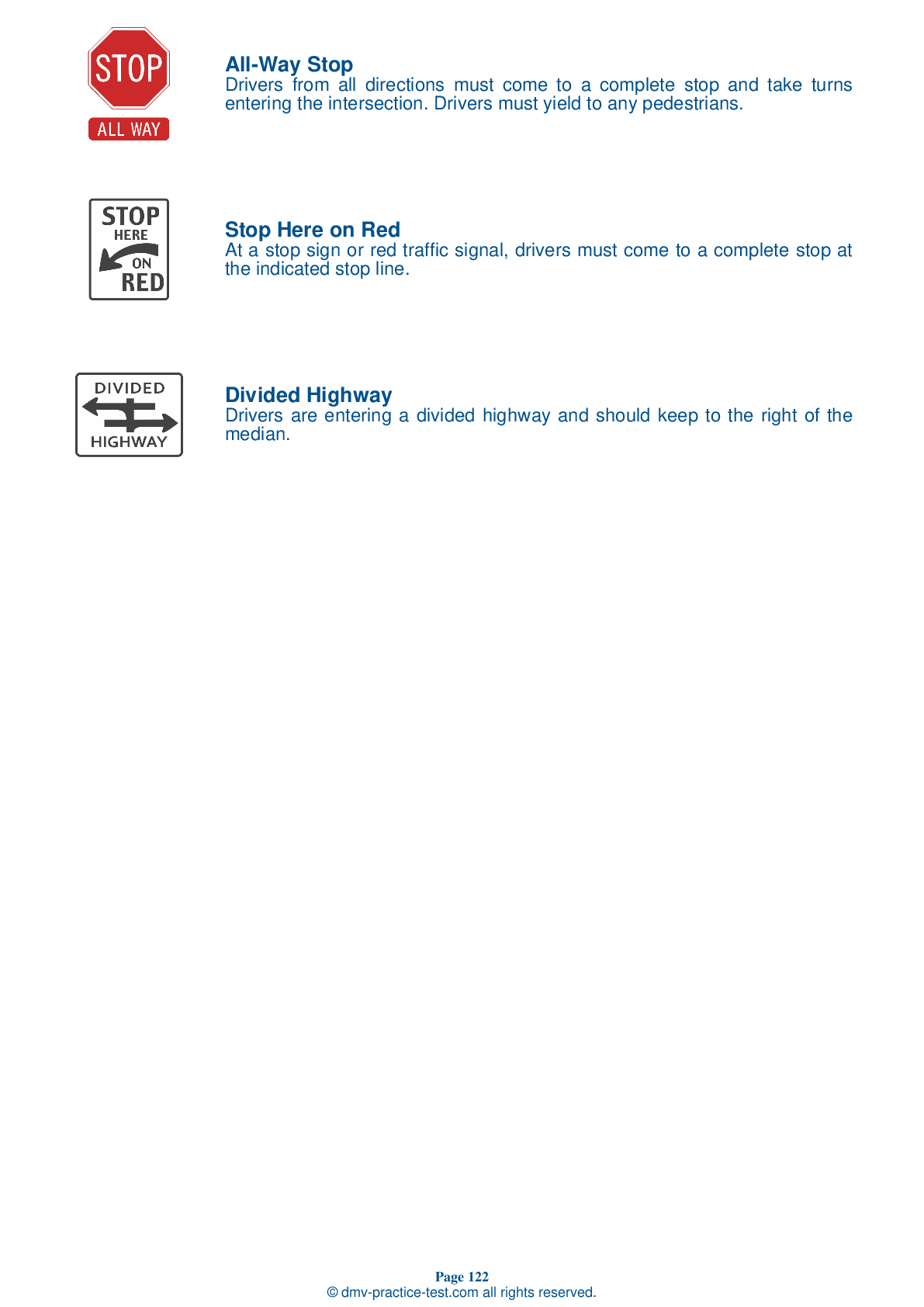HazMat #1
Hazmat Test | Alabama 2026 #1
On our website, we provide FREE practice - CDL hazmat test online! The official exam test consists of several obligatory parts, with all of them checking your knowledge of different blocks of road rules. If you need to obtain a AL CDL hazmat endorsement in 2026, practice as much as possible. Free sample tests published on our website will help you check and improve your knowledge and boost your grades. Please bear in mind that Alabama requirements for issuing a hazmat endorsement for CDL may vary from those established in other states.
30
24
20
1 . If there is a collision involving a vehicle transporting Class 1 explosives, the driver should:
Remove the explosives from the vehicle before separating the vehicles involved in the collision.
If you are driving a vehicle that is transporting Class 1 explosives and it is involved in an accident, you should warn others of the danger, keep bystanders away, and not allow smoking or open fires near the vehicle. Before separating the vehicles involved in the collision, remove all explosives and place them at least 200 feet away from the vehicles and any occupied buildings.
2 . A material’s hazard class reflects:
How the material should be loaded and unloaded.
There are nine different hazard classes. A material's hazard class reflects its associated risks.
3 . Many products classed as poison are also:
Sweet-tasting.
Many products classed as poison are also flammable. Take the appropriate precautions if you think your cargo may be flammable.
4 . While driving, shipping papers should be:
While hazardous materials are being transported, shipping papers should either be kept in a pouch in the driver's side door or in another location where the driver is able to easily reach them while their seat belt is fastened. The papers must be clearly visible to anyone who is entering the cab.
5 . To know which placards to use, you need to know:
The shipper.
To determine which hazardous materials placards to use, you must know the hazard class of the materials; the amount of hazardous materials being shipped; and the total weight of all classes of hazardous materials in the vehicle.
6 . Identification numbers, shipping names, and hazard classes:
Should only be abbreviated on a shipping paper if the abbreviations are easy to understand.
Identification numbers, shipping names, and hazard classes must never be abbreviated when listed on a shipping paper. The only exception to this is if the abbreviation is specifically authorized in the hazardous materials regulations.
2026 Alabama | Frequently Asked Questions
A CDL Class A license in Alabama allows holders to operate any combination of vehicles with a Gross Combination Weight Rating (GCWR) of 26,001 pounds or more, provided the towed vehicle(s) have a GVWR of more than 10,000 pounds. This typically includes tractor-trailers, truck and trailer combinations, tank vehicles, livestock carriers, and flatbeds.
A Class A CDL license in Alabama allows operation of combination vehicles like tractor-trailers, truck and trailer combinations, and tank vehicles. It also includes operating flatbeds, livestock carriers, and any vehicle towing another vehicle over 10,000 pounds. Basically, it covers vehicles with a Gross Combination Weight Rating (GCWR) of 26,001 pounds or more.
To obtain a Class A CDL license in Alabama, you must be at least 21 years old (18-20 years for intrastate driving), have a valid Alabama driver's license, pass a vision test, and complete a written knowledge test. Additionally, you'll need to pass a skills test which includes a pre-trip vehicle inspection, a basic controls test, and an on-road driving exam.
In Alabama, you must be at least 18 years old to qualify for a Class A CDL for intrastate driving (within Alabama only). However, if you plan to drive interstate (across state lines) or haul hazardous materials, federal regulations require you to be at least 21 years old.
Endorsements are not required for a Class A CDL license in Alabama, but they can broaden the range of vehicles you can operate. For example, a T endorsement allows you to tow double or triple trailers, an H endorsement permits hazardous materials transport, while a P endorsement allows passenger vehicle operation. These endorsements require additional testing.
The Class A CDL skills test in Alabama includes three parts: a pre-trip vehicle inspection to verify your ability to assess the safety of your vehicle, a basic controls test to evaluate your basic maneuvering skills, and an on-road driving examination to demonstrate your practical driving abilities under various traffic conditions.
Yes, Class A CDL license holders in Alabama may face certain limitations. These can be based on the driver's medical condition, driving ability or the type of vehicle driven. For example, a driver may have restrictions for not wearing corrective lenses, not driving a manual transmission, or not operating a truck with full air brakes.
In Alabama, the written Class A CDL test is primarily offered in English. However, some locations may provide the test in Spanish. It's important to note that even if the written test is passed in another language, all drivers must demonstrate a basic understanding of English to communicate with officials and complete the required forms.
Yes, you can request accommodations for the Class A CDL written test if you have a disability. The Americans with Disabilities Act requires test centers to provide reasonable accommodations. These may include extra time, a quiet room, or a reader. Contact your local DMV in Alabama to discuss your specific needs and arrange appropriate accommodations.
Yes, if you don't pass the Class A CDL written test in Alabama, you can retake it. There is a waiting period of one day before you can retake the exam. Also, you may be required to pay a retesting fee. It's advisable to study the CDL manual thoroughly before reattempting the test.



